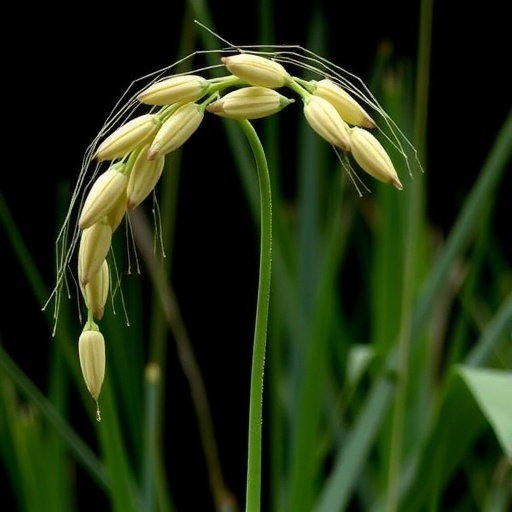One of the key questions in stem cell and cancer biology is to understand the cellular hierarchy governing tissue development and maintenance and the cancer cell of origin. In a study published in Cell Reports, researchers lead by Cédric Blanpain, MD/PhD, WELBIO investigator and Professor at the Université libre de Bruxelles, Belgium, identified a novel lineage-restricted stem cell in the mammary gland.
The mammary gland is composed two main cellular subtypes: the basal cells and luminal cells. While luminal cells secrete water and nutriments to produce the milk during lactation, the basal cells, through their contraction, guide the circulation of the milk throughout the ductal tree. Luminal cells can be subdivided into estrogen (ER)/progesterone (PR) positive and negative cells.
In this study published in Cell Reports, Alexandra Van Keymeulen and colleagues generated a new transgenic line-allowing lineage tracing of ER+ luminal cells to investigate luminal cell heterogeneity and identify the origin of ER+ luminal cells and the mechanisms regulating their pubertal expansion and adult maintenance.
Surprisingly and in sharp contrast with the common thought, which hypothesized the existence of a population of common progenitors that give rise to ER+ and ER- cells, Alexandra Van Keymeulen and colleagues found that the ER+ lineage is maintained by a lineage restricted ER+ luminal stem cells, able to ensure ER+ lineage expansion during pubertal development, and long-term renewing capacities of ER+ lineage in adult mice during cycle of pregnancy-involution. "These new data challenge the current model of the cellular hierarchy and lineage restriction that governs the mammary gland expansion and maintenance and provide clear evidence that the ER+ and ER- cells are maintained by distinct pool of lineage restricted stem cells." comments Cédric Blanpain, the lead author of the Cell Reports publication.
This finding are very important for researchers working in the field of stem cells, mammary gland and breast cancer, providing a new paradigm in these fields. In the future, this model will be used to assess whether the clinical heterogeneity observed in breast cancers arises from their different cancer cell of origin.
###
This work was supported by the FNRS, TELEVIE, a research grant from the Fondation Contre le Cancer, the ULB fondation, the IUAP program, the fond Gaston Ithier, the foundation Bettencourt Schueller, the foundation Baillet Latour and the European Research Council (ERC).
Media Contact
Cédric Blanpain
[email protected]
32-255-54175
http://www.ulb.ac.be
http://ulb.ac.be
Related Journal Article
http://dx.doi.org/10.1016/j.celrep.2017.07.066




